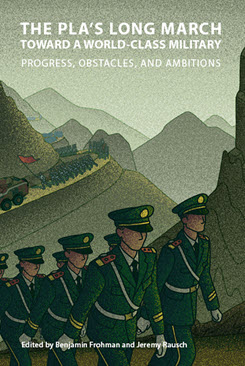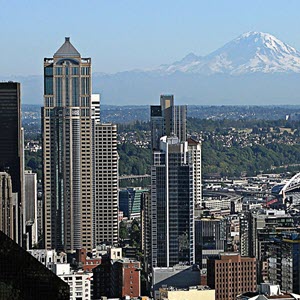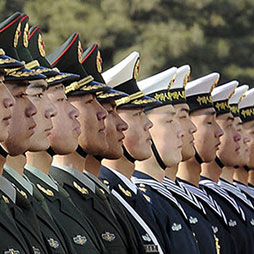Book from the People's Liberation Army Conference
The PLA’s Strategic Transformation: Forging a World-Class Nuclear Force
This chapter examines the future trajectory of China’s nuclear force as it shifts to a “world-class” nuclear force, including drivers, political objectives, employment, and capability developments.
Executive Summary
MAIN ARGUMENT
The PLA is rapidly developing a “world-class” nuclear force, in part due to a perceived increase in the likelihood of a conflict between the U.S. and China and the belief that nuclear weapons will play a key role in constraining U.S. military options. China views nuclear weapons as a key element of “strategically counterbalancing” against the U.S. as competition heightens. In particular, they serve to constrain U.S. intervention in a regional conflict and create space to enable an invasion of Taiwan in fulfillment of China’s goals of national rejuvenation. To develop a more diverse nuclear force capable of counterattacking at various scales and levels of escalation against both military and civilian targets, China is pursuing a wide variety of improvements, including regional-range low-yield nuclear weapons, a shift to a launch-on-warning posture, a more survivable nuclear force that can retaliate under any conditions, and a suite of capabilities designed to guarantee that the PLA’s nuclear response bypasses any defenses and strikes the intended target.
POLICY IMPLICATIONS
- With future advances to the PRC’s nuclear force, the U.S. will have diminished means of credibly executing nuclear threats and few achievable options to counter this change, reducing the coercive utility of nuclear weapons in U.S. national strategy toward China.
- As China grows more confident in its nuclear forces as a means of counterbalancing against U.S. nuclear strength, the risk of a conflict initiated by Beijing rises drastically if the conventional force balance shifts in its favor and the PRC continues to diplomatically isolate Taiwan. The conventional balance of power in the region and U.S. willingness to get involved in a Taiwan conflict will play an outsized role in deterring a PRC-initiated conflict.
- China’s no-first-use policy cuts both ways and could limit the ability of its nuclear forces to deter U.S. conventional force. This creates opportunities to lean into a wider range of conventional options in the region, mitigating concerns of China escalating to nuclear use.
Gerald C. Brown is an Analyst with the U.S. Department of State’s Bureau of Intelligence and Research, where he examines Chinese strategic military forces and the People’s Liberation Army Rocket Force.
The views expressed here do not necessarily represent those of the U.S. government or any current or prior employers of the author. For their helpful insight, the author wishes to thank Chris Twomey, Rose Rodgers, Griffin Allen, David Logan, Marcus Sgro, Chris Dienst, Cristina Garafola, Elliot Ji, and the NBR and Indo-Pacific Command teams. Any mistakes are the author’s alone.



 The PLA's Long March toward World-Class Status
The PLA's Long March toward World-Class Status
